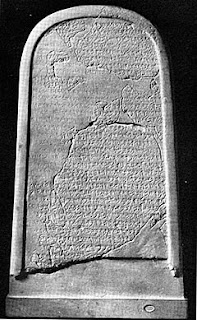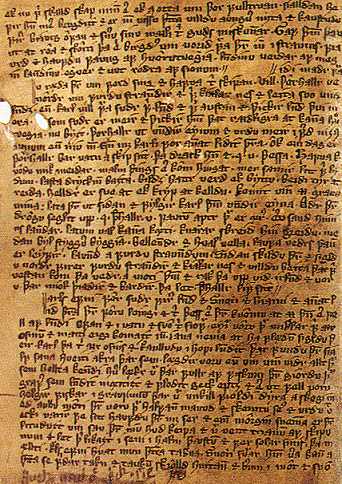The Maurya Empire was established centered round Maghada between 321BC and 185BC. Chandraguptha Maurya (321BC - 300BC) was the founder of this empire. He conquered a large number of states around Maghada with the help of his chief minister Kautilya.
This empire consisted of North India and some part of Decan. Chandraguptha Maurya established and organized their rule in India. He helped a lot to develop arts and crafts. Bindusara (300BC - 273BC) became the emperor after the Chandraguptha Maurya. He made the empire powerful. After his death King Asoka (273BC - 232BC) who ruled over Pataliputra became the emperor.
Emperor Asoka continued to expand the empire. In his 9th regnal year in 264BV he declared war against the state of Kalinga. The Kalinga invasion was considered the last invasion of the Maghada Dynasty. In this battle about 100,000 soldiers were killed and about 150,000 soldiers were captured as prisoners of war.
This bloody battle against Kalinga was an unpleasant experience to emperor Asoka. It marked a turning point of his career. The sight of the dead and the wounded made Asoka give up fighting. He swore himself not to engage in war again. Instead of war he embraced Buddhism and began to follow the Buddha's teaching. He ruled and developed his empire on Buddhist principles.
Emperor Asoka's hereditary religion was Jainism. After the Kalinga war he became a devout buddhist. Today he is honoured and respected as the first Buddhist Emperor of India. He extended his royal patronage to organize the 'Third Buddhist Council'. Theravada Dhamma Sangayana under the guidance of Venerable Moggali Puththa Tissa Thero.
He relinquished conquests through war and bloodshed. Instead of 'Dig Vijaya' he started to rule the country following the 'Dhamma Vijaya' advocated even by Lord Buddha. He sponsored missionaries to the following countries and areas in order to propagate the teachings of the Buddha after the third Buddhist Council.
- Thambapanni (Sri Lanka)
- Swarnaboomi (Burma/Myanmar)
- Maheesha Mandala (Mysore)
- Vanavasi Desh (North Kanara)
- Aparanta Desh (The Areas around Port Supparaka)
- Maharastra
- Yonaka Desh
- Kashmir/ Gandara
- Nepal
He advised his countrymen to be honest, merciful, pious, compassionate, truthful and dedicated. Not only he requested his people to follow his religious principles or 'Asoka Doctrine' but also he appointed officers namely 'Dharmamatra' to check whether the people followed his religious admonitions.
In his 12th rock inscription he had strongly advised the people not to harm the followers of other religious and also not to boast about ones own religion. He planned his administrative principles called 'Asoka Dharma' providing to respect all other religions in the same spirit.
In one of his rock inscriptions he requests his subjects to protect their king as a baby given to the care and protection of a nurse. King Asoka visited a number of religious places such as Lumbini, Kapilawastu, Saranath, Shrawasti, Buddhagaya and Kusinara to pay his respect. He established a column (pillar) in Lumbini where prince Siddhartha was born, to commomorate the birth of Lord Buddha. In the inscription at Saranath it is stated that king Asoka had constructed a dagaba depositing the relics of Konagama Buddha. According to Buddhist Literature, King Asoka had constructed 84,000 chaityas as a mark of respect and honour to the Dhamma.
King Asoka instituted rock inscriptions in the following areas.
- Sha Basgar.
- Mangera.
- Kalsi.
- Ruwindei.
- Nepal.
- Kashmir.
- Nigliver.
- Alahbad.
- Girinar.
- Masti.
- Loriyan Tangai.
Hello History Enthusiast Wanna Let Me Know Your Feeling?










